Pressure Canning Hot Sauces
gator_9a
11 years ago
Related Stories
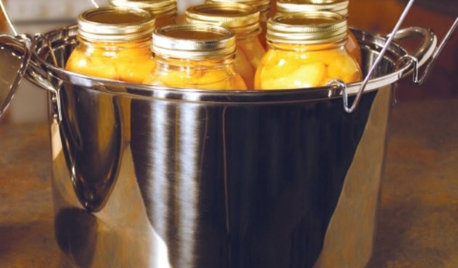
PRODUCT PICKSGuest Picks: Canning, Preserving, Steaming, Dehydrating
20 products to help make fall produce last through the season and beyond
Full Story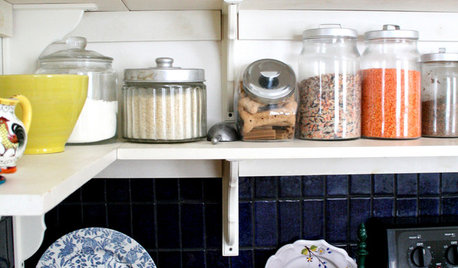
KITCHEN DESIGNDisplaying Kitchen Supplies — Hot or Not?
Do some kitchens just beg for a cozy row of canisters and gear for all to see? Have a look and let us know what you think
Full Story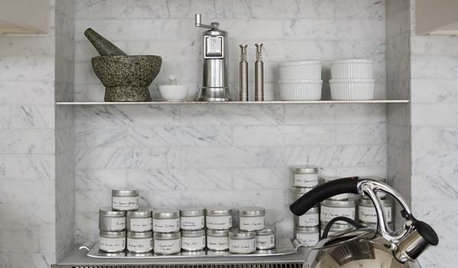
KITCHEN DESIGN24 Hot Ideas for Stashing Spices
Create a Mini Spice Pantry in a Wall, Drawer, Island or Gap Between Cabinets
Full Story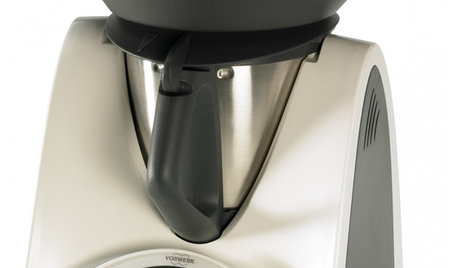
HOME TECH3 Kitchen Contraptions You Won’t Believe
Pizza hot from the printer, anyone? These cooking gadgets harness imagination and high tech — and have price tags to match
Full Story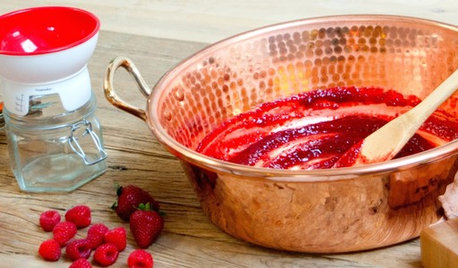
SHOP HOUZZHouzz Products: Save a Taste of Summer
Can't bear to part with the flavors of summer peaches, berries and tomatoes? Then jam on it!
Full Story
LIFESlow Living 101: Tips for Turning Off the Chaos
It may feel as though you're too busy to slow down and enjoy life. But even little changes can have a big effect
Full Story
FEEL-GOOD HOME21 Ways to Waste Less at Home
Whether it's herbs rotting in the fridge or clothes that never get worn, most of us waste too much. Here are ways to make a change
Full Story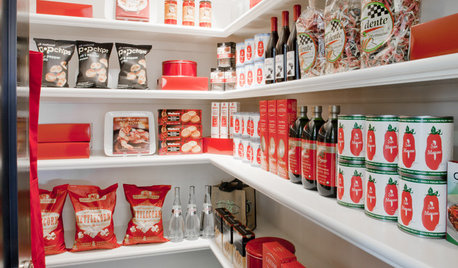
KITCHEN STORAGEGet It Done: How to Clean Out the Pantry
Crumbs, dust bunnies and old cocoa, beware — your pantry time is up
Full Story
KITCHEN DESIGN16 Practical Ideas to Borrow From Professional Kitchens
Restaurant kitchens are designed to function efficiently and safely. Why not adopt some of their tricks in your own home?
Full Story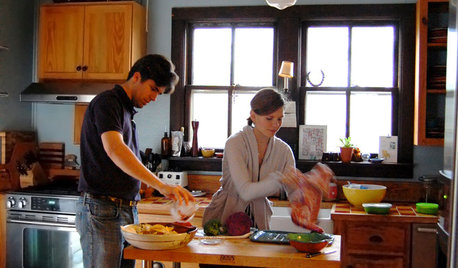
ENTERTAINING8 Stress-Busting Tips for Hosting Small Gatherings
Make entertaining easy with these ideas for casual get-togethers
Full Story





digdirt2
gator_9aOriginal Author
Related Professionals
Wrentham Landscape Architects & Landscape Designers · Camas Landscape Architects & Landscape Designers · Bowie Landscape Contractors · Clark Landscape Contractors · Crystal Landscape Contractors · Lemay Landscape Contractors · Live Oak Landscape Contractors · Manhattan Landscape Contractors · Mason Landscape Contractors · Munster Landscape Contractors · Muttontown Landscape Contractors · Palm Beach Gardens Landscape Contractors · Roswell Landscape Contractors · San Bruno Landscape Contractors · Sterling Driveway Installation & Maintenancereadinglady
gator_9aOriginal Author
digdirt2
readinglady
gator_9aOriginal Author
readinglady